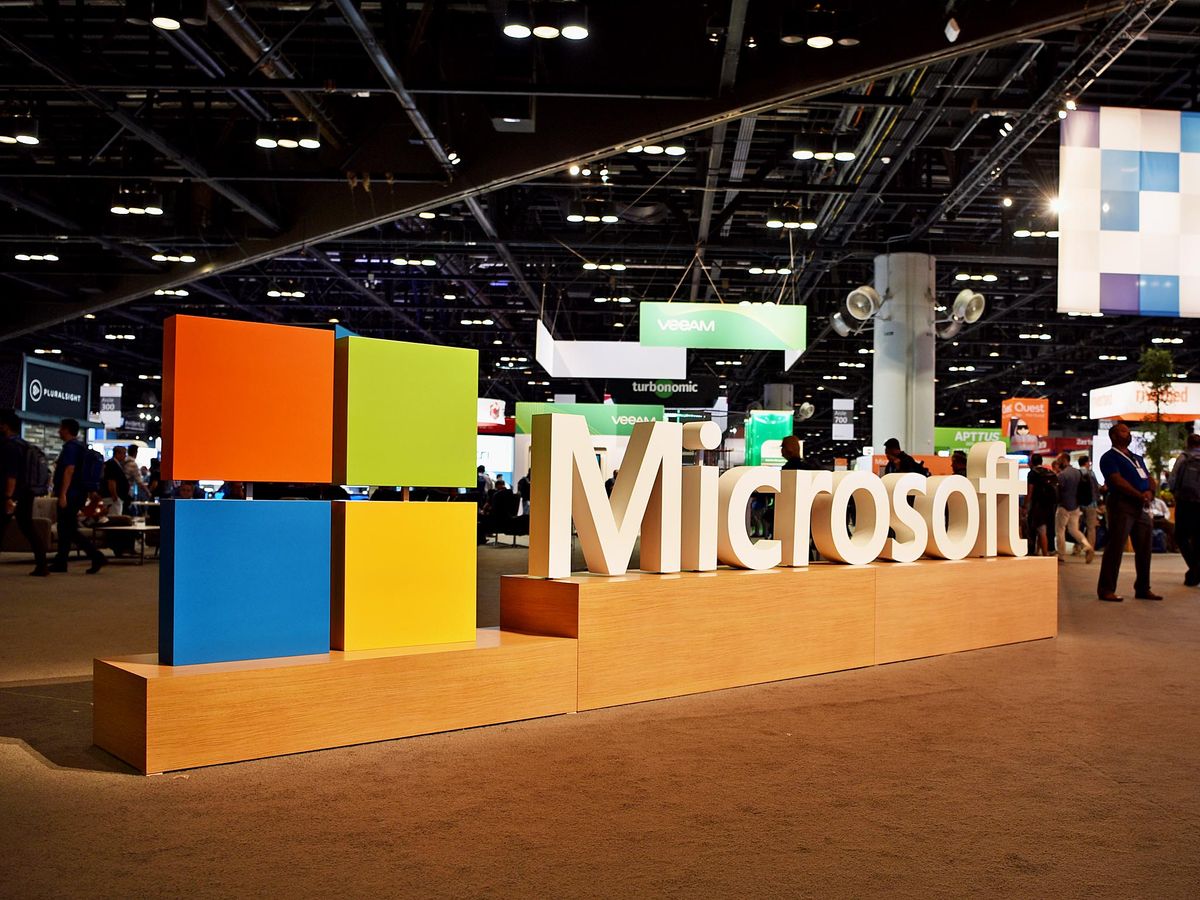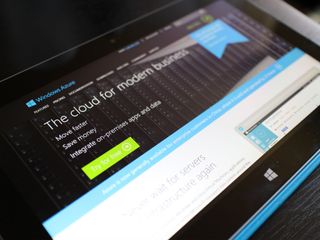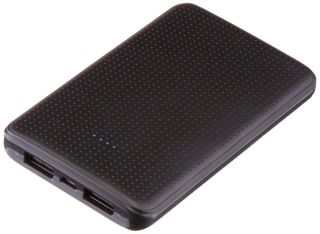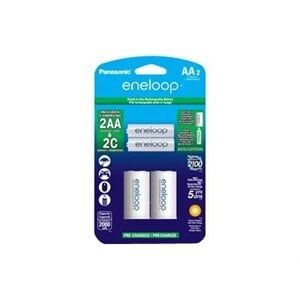Microsoft's continued cloud success may depend on increased flexibility and innovation
As Microsoft looks to keep its cloud business booming, flexibility and rapid innovation will be its greatest assets.

It's no secret that Microsoft's cloud business has been one of the driving forces behind its string of solid earnings reports. This week, the company's cloud efforts helped push it to another impressive quarter, with total revenues exceeding $33 billion. That's on top of an overall yearly revenue jump of 14 percent, bringing Microsoft's earnings to $125.8 billion in revenue for the 2019 fiscal year.
As Microsoft nears the start of its 2020 fiscal year, however, it's important to consider how the company managed this success and can keep the momentum going. That's particularly true when looking at what sets Microsoft's cloud offerings apart from competitors like Amazon Web Services (AWS) and Google.
Microsoft's partner approach, hybrid cloud are an advantage

For Ryan Duguid, chief evangelist for Microsoft partner Nintex, one of Microsoft's biggest advantages is its rounded approach to working with partners. "They went PaaS from the beginning," Duguid says, referring to Microsoft's "Platform as a Service" [PaaS] approach. "While AWS built a clear advantage in the early days by helping customers lift and shift legacy workloads through VM based deployments, Microsoft focused from the beginning on building value-added services, targeting their partner channel with capabilities designed to accelerate time to productivity and ROI when building sophisticated applications."
Duguid also says Microsoft's emphasis on hybrid deployments, embracing the idea that individual enterprise customers will move to the cloud at different paces, is what helps it stand apart. "Microsoft supports hybrid deployments not only by bridging the technology divide but also through a highly favorable licensing structure that provides full portability as customers choose to move workloads over time."
It's this focus on the hybrid cloud that will be key for Microsoft in the future as well, says Chris Voce, Vice President and Research Director for research firm Forrester. "I believe [Microsoft's] emphasis on hybrid cloud, integrated solutions, and vertical focus are critical," Voce says. "IoT isn't a monolithic trend, it's made up of several different use cases like tracking and logistics or predictive maintenance. In order to capture customers, [Microsoft] has to understand the business challenges that they face and present solutions to those problems."
A major focus for delivering those solutions will lie in Microsoft's ability to integrate services like Dynamics, Azure, and Azure IoT Suite together, Voce says. For Microsoft's partners, this is something the company is already executing on by blending Azure with services like Office 365 and Dynamics 365.
"The combination of these platforms provides application developers with far greater choice than any other cloud provider when it comes to leveraging capabilities beyond pure PaaS and IaaS," says Duguid.
Get the Windows Central Newsletter
All the latest news, reviews, and guides for Windows and Xbox diehards.
Future also looks bright

Despite its continued success in cloud services, Microsoft's Q4 report showed a general slowdown in growth for Azure. But Voce says positive indicators in Azure and Office 365 results signal that Microsoft is continuing to do well with its cloud strategy.
"Microsoft's greatest strength is its ability to talk to customers in their own language and understand verticals," Voce says. That's reflected in the response from enterprises, which see Microsoft's approach as 'realistic and flexible,'" according to Voce. However, there's still the specter of AWS, which Voce calls "the 800lb gorilla" that, with its combination of cloud experience and momentum, is Microsoft's biggest hurdle going forward.
Looking toward 2020, Duguid sees artificial intelligence (AI) and machine learning as clear areas where Microsoft can double down through democratizing access to general tools and capabilities for developers. Likewise, as Microsoft CEO Satya Nadella touched on during his recent Inspire keynote, data and the ability for companies and developers to easily scale their operations will continue to be important touchstones.
"During Inspire, it was clear that the scale they are pursuing is beyond anything we've ever seen before in traditional relational databases," Duguid says. "But at the same time, they are working closely with industry leaders like SAP and Adobe to support the Open Data Initiative (ODI) so that customers can interact with a unified data store that can drive more seamless customer journeys."
At Inspire, Microsoft showed off a flashy demo of its "holoportation" technology, which allows anyone with a HoloLens headset to merge virtual and physical worlds. While it's still early days for this tech, it has the potential to bolster Microsoft's enterprise offerings in a big way. We're already seeing this with Microsoft's mixed reality Dynamics applications and the enterprise focus of the HoloLens 2, but Duguid hints that this could be just a taste of what's to come.
"I'd say we're on the verge of something big here, breaking down the communication barriers posed by physical location, culture, and language."
Portable (and affordable) power accessories we love
Each and every one of these charging gadgets will keep your favorite gear and gadgets going for longer, and none of them costs more than $30.

VisionTek 8,000 mAh micro-USB power bank ($13 at Dell)
This compact dual-output powerbank can speedily recharge any and all your devices, thanks to a two-amp "fast charge feature," using its micro-USB out port. Its simple design includes an LED indicator, and it costs about as much as a single ticket to the movies.

Panasonic eneloop AA batteries (From $13 at Dell)
Panasonic's rechargeable batteries are among the best available, and just a couple of them will keep your favorite remote, mice or other peripherals powered up when you need them. They're also eco. And the company's affordable charger fits and charges both AA and AAA batteries at the same time.

Belkin Qi Wireless Charging Pad ($30 at Dell)
This unobtrusive Qi wireless charging pad looks good (and kind of like a UFO …) and easily charges all your Qi-compatible device up to 5W. Its LED indicator lights up when you're charging. And it costs just $30.
Dan Thorp-Lancaster is the former Editor-in-Chief of Windows Central. He began working with Windows Central, Android Central, and iMore as a news writer in 2014 and is obsessed with tech of all sorts. You can follow Dan on Twitter @DthorpL and Instagram @heyitsdtl.
